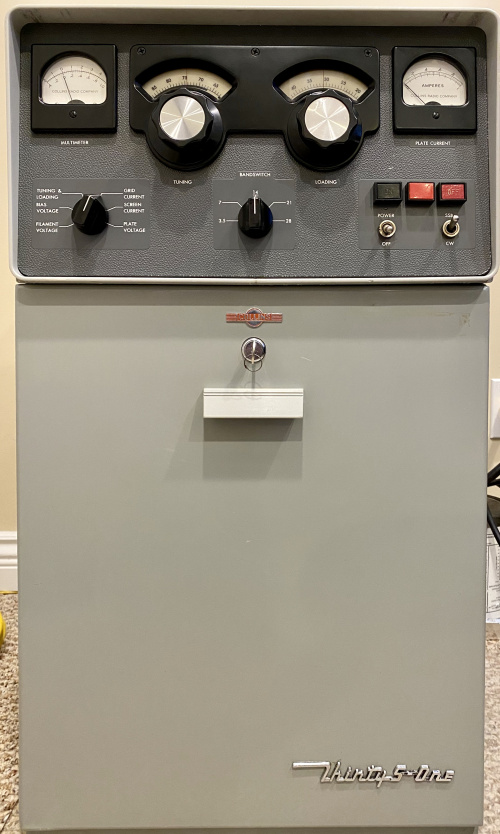Main Page
Jump to navigation
Jump to search
|
Information, Repairs, Upgrades and Notes for Collins 30S-1 HF Amplifier | ||
| Gord - VA7GP email me!
(Original, historical single-page site)
|
Chris - KB3BF
|
Chet - VE3CFK
|
